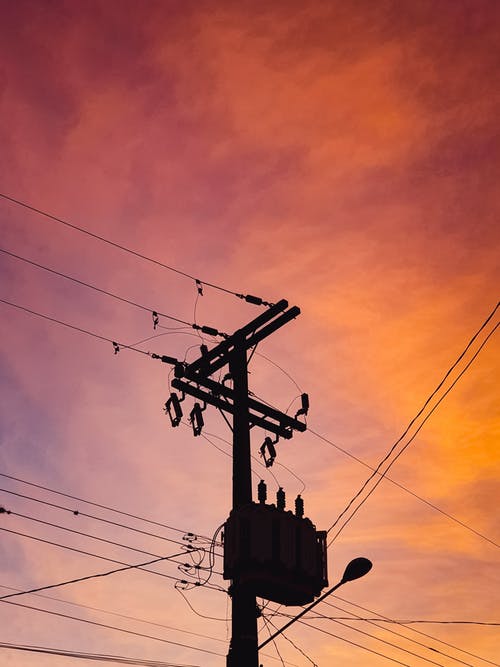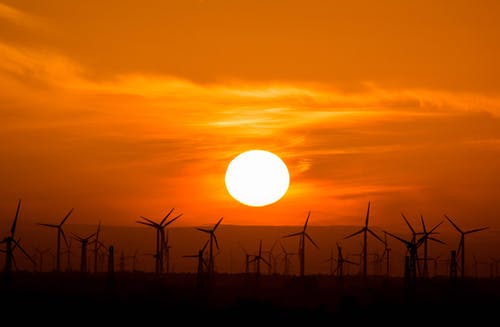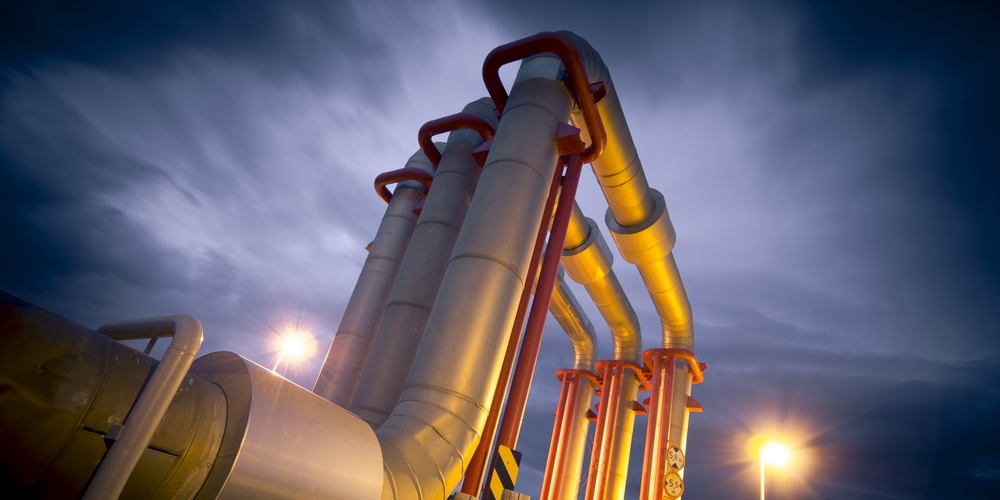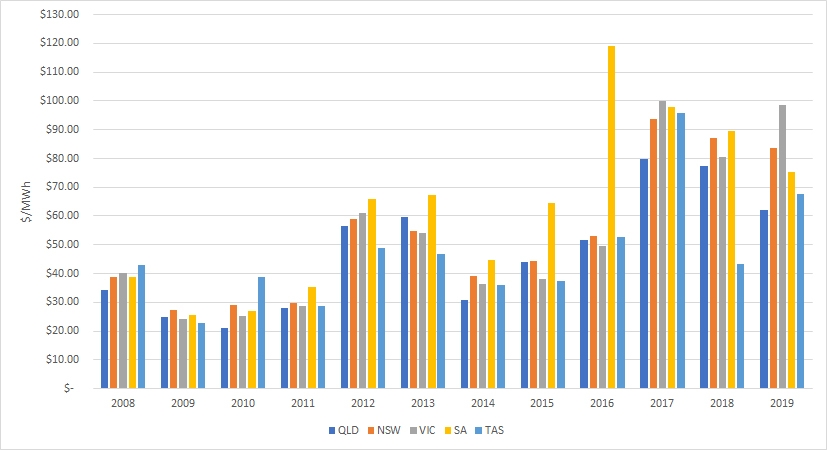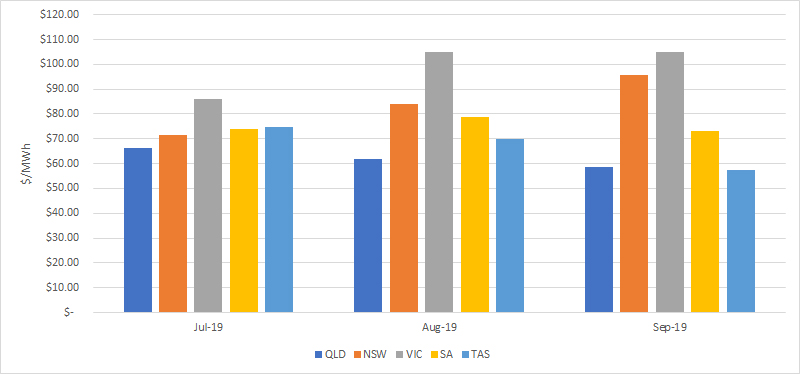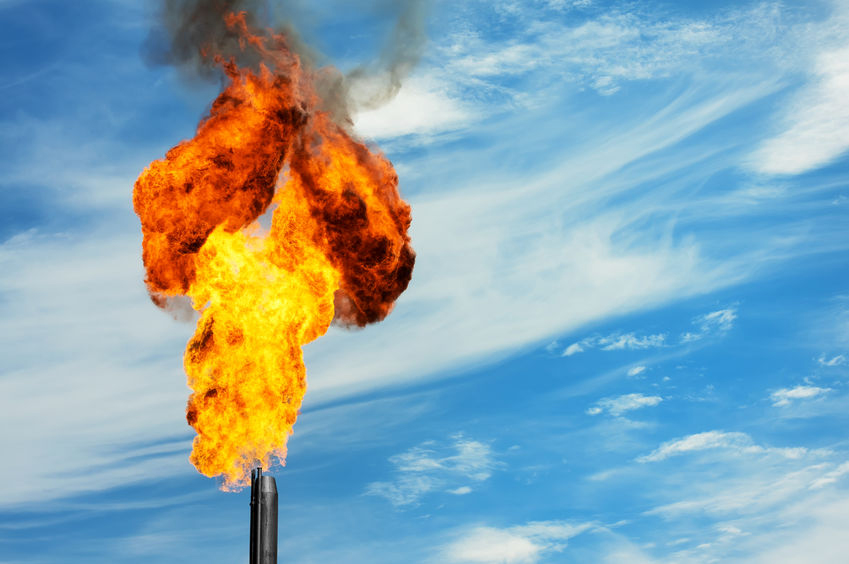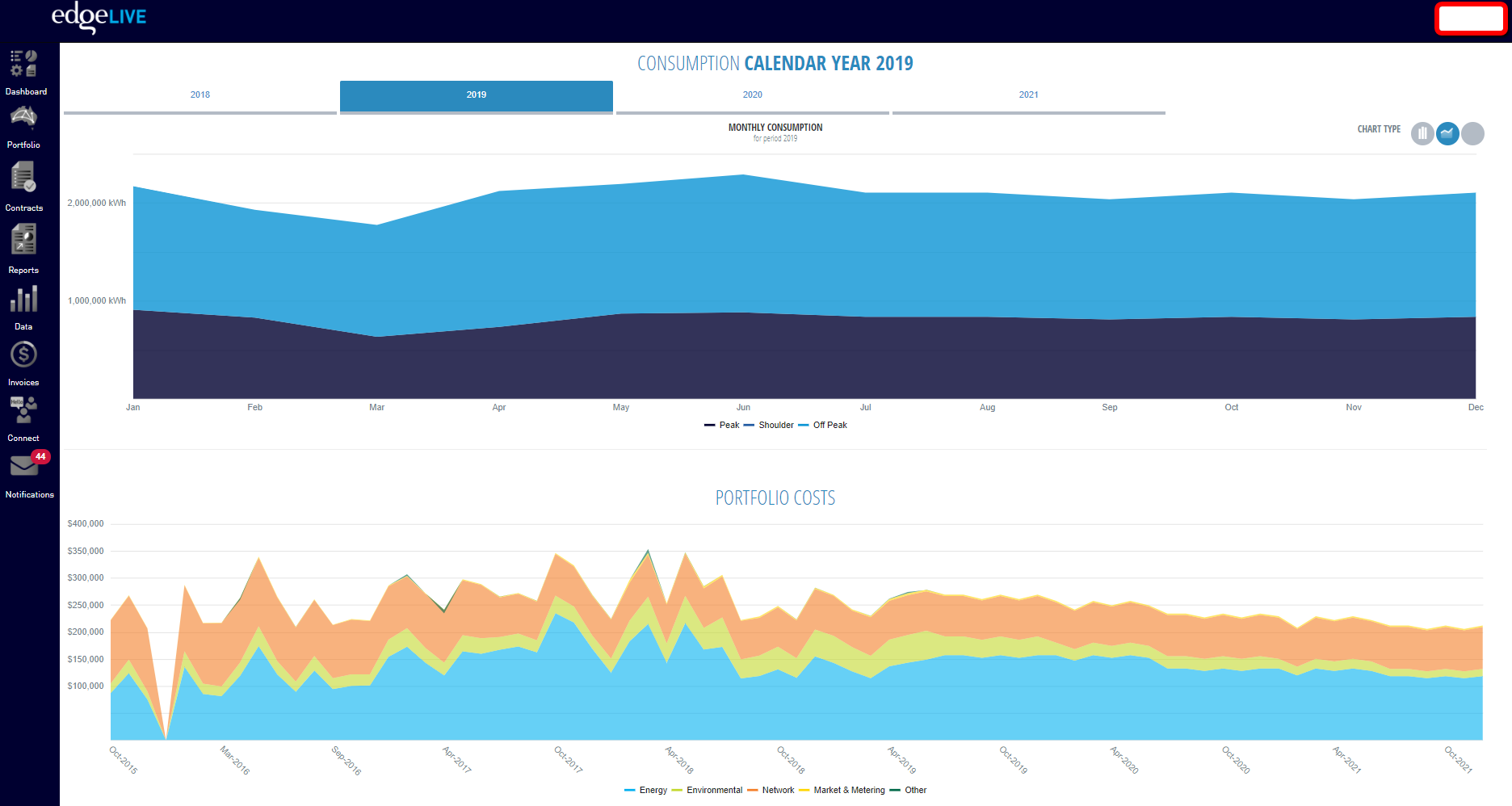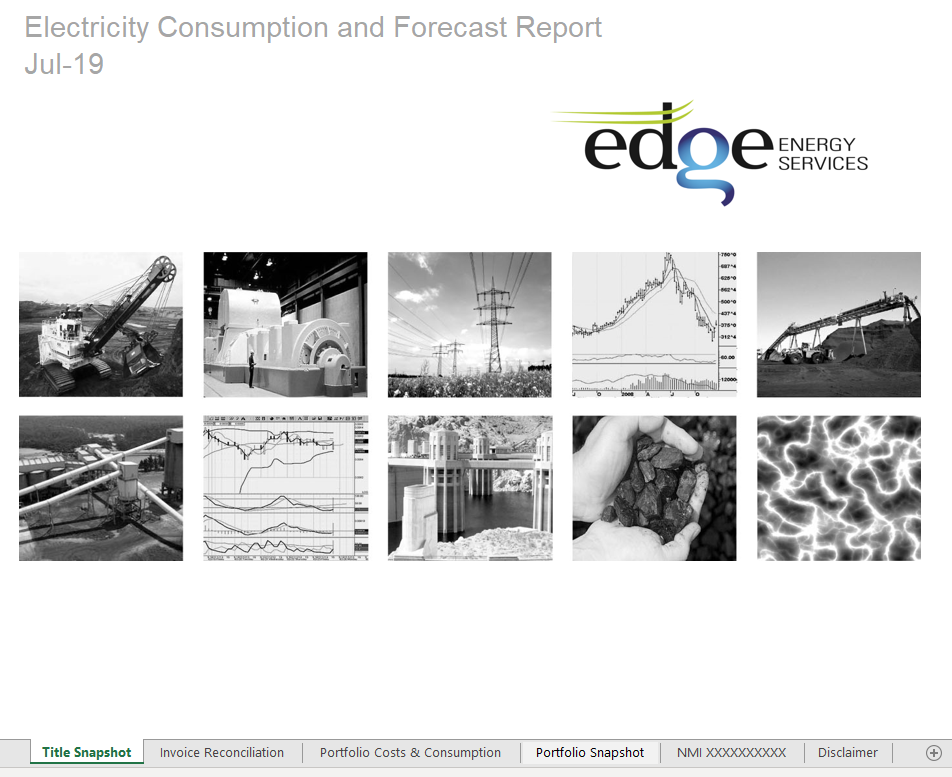The SA Government (South Australian Minister for Energy and Mining) has the power (under South Australian Legislation) to trigger a Retailer Reliability Obligation (RRO) upon informant from AEMO of a one-in-two year peak demand forecast shortfall event as published in the South Australian Gazette 17 December 2019, with the AER confirming and publishing the notice 9 January 2020. For the avoidance of doubt this means that unlike all other regions which require the Electricity Statement of Opportunity (ESOO) to predict an unserved energy event, SA can act independently without approval as such from the AER.
The RRO was trigged for South Australia on the 9 January 2020 for the following periods:
- First Quarter (Q1) for Calendar Year 2022
- First Quarter (Q1) for Calendar Year 2023.
The periods of concern according to AEMO’s forecasting includes:
- each weekday from 10 January 2022 – 18 March 2022 for the trading periods between 3pm and 9pm EST;
- **(Peak demand expected to be 3,030 MW)
- each weekday from 9 January 2023 – 17 March 2023 for the trading periods between 3pm and 9pm EST
- **(Peak demand expected to be 3,046 MW)
A T-3 Instrument has been created and the Market Liquidity Obligation (MLO) of the SA region’s largest generation businesses, Origin, AGL and Engie have been called upon and are to begin trading exchange-listed (ASX approved products) for Q12022 and Q12023 from 7 February 2020.
With the triggering of the RRO, the South Australian Minister has made a T-3 instrument (under NEL Part 7A 19B (1)):
- Q1 2022: This T-3 Reliability Instrument applies to the South Australian region of the National Electricity Market for the trading intervals between 3pm and 9pm Eastern Standard Time each weekday during the period 10 January 2022 to 18 March 2022 inclusive. The Australian Energy Market Operator’s one-in-two year peak demand forecast for this period is 3,030 Megawatts.
- Q1 2023: This T-3 Reliability Instrument applies to the South Australian region of the National Electricity Market for the trading intervals between 3pm and 9pm Eastern Standard Time each weekday during the period 9 January 2023 to 17 March 2023 inclusive. The Australian Energy Market Operator’s one-in-two year peak demand forecast for this period is 3,046 Megawatts.
With the T-3 instrument created by the SA Energy Minister, this has triggered the MLO, effectively a market making obligation on the parties identified above to reasonably offer liquid exchange-listed products for the identified shortfall periods.
Obligated MLO participants such as Origin, AGL and Engie will from 7 February 2020 begin offering exchanged-listed products for both Q12022 and Q12023.
The triggering of the RRO means retailers and large load consumers can start procuring volume for their forecast demand for Q12022 from as early as 7 February 2020, and no later than 31 December 2020, the T-1 instrument implementation date (13 months prior to the shortfall period identified).
If you would like to know more, please contact Edge on 07 3905 9220.
